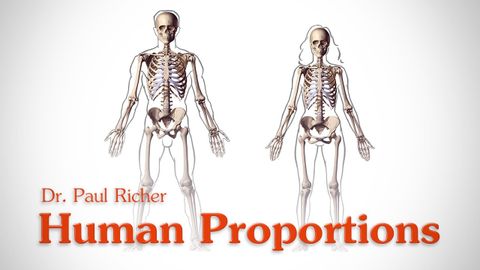
Subtitles & vocabulary
Human Figure Proportions - Average Figures - Dr. Paul Richer
00
YanCi Zeng posted on 2015/06/05Save
Video vocabulary
figure
US /ˈfɪɡjɚ/
・
UK /ˈfiɡə/
- Verb (Transitive/Intransitive)
- To appear in a game, play or event
- To calculate how much something will cost
- Noun
- Your body shape
- Numbers in a calculation
A1TOEIC
More average
US /ˈævərɪdʒ, ˈævrɪdʒ/
・
UK /'ævərɪdʒ/
- Noun (Countable/Uncountable)
- Total of numbers divided by the number of items
- Transitive Verb
- To add numbers then divide by the number of items
A2TOEIC
More head
US /hɛd/
・
UK /hed/
- Verb (Transitive/Intransitive)
- To hit a ball with your head in a game
- To be first or at the front or top (e.g. a list)
- Countable Noun
- Counter for the number of cattle
- Leader or person with the greatest authority
A1TOEIC
More draw
US /drɔ/
・
UK /drɔ:/
- Transitive Verb
- To attract attention to someone or something
- To influence a person's involvement in something
- Noun (Countable/Uncountable)
- Something that attracts people to visit a place
- A lottery or prize
A1TOEIC
More Use Energy
Unlock All Vocabulary
Unlock pronunciation, explanations, and filters
